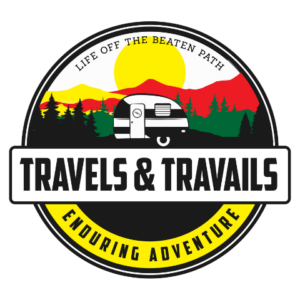You’ve dreamed of owning a motorhome for years and finally took the plunge and bought one. You can’t wait to take it out and begin exploring the world on your new set of wheels. You only have a standard driver’s license. Will this suffice?
If your RV is 40 feet and weighs under 26,000 pounds, you can use a standard driver’s license to operate it. For larger motorhomes, you have to obtain a commercial driver’s license or CDL and take additional safety courses.
Still a little confused? You won’t be by the time you’re done reading, so make sure you don’t miss all the great information I have for you ahead!
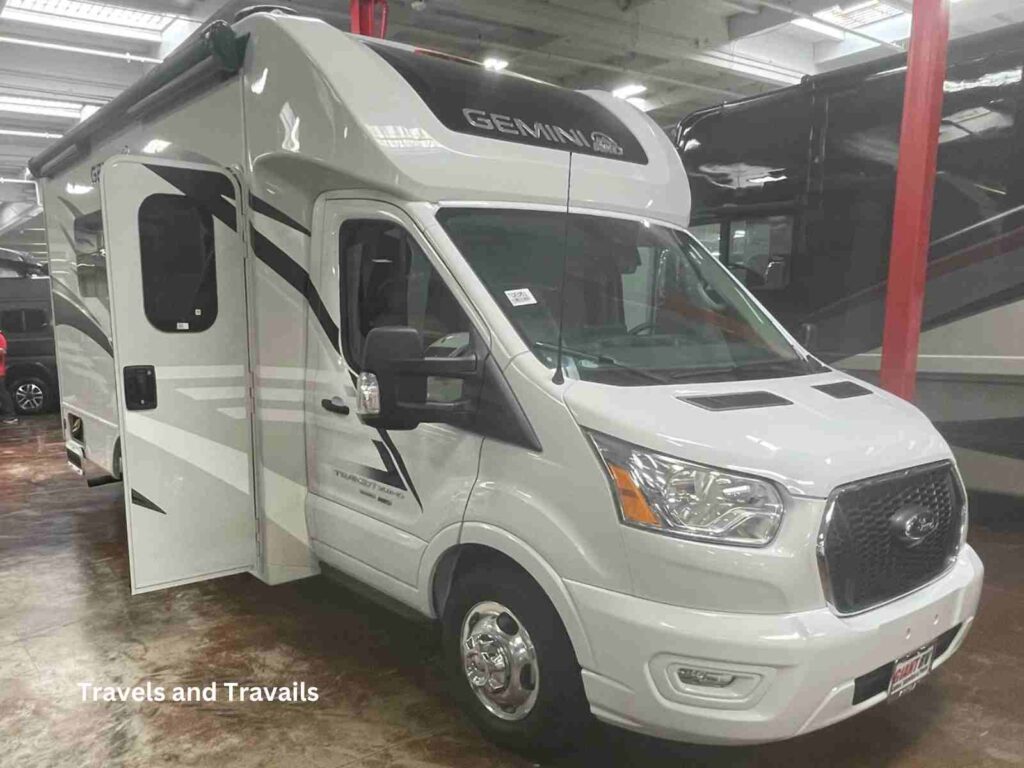
Can You Drive a Motorhome with a Standard Driver’s License?
To clarify, when I mention a standard driver’s license, I’m referring to what’s technically a Class D driver’s license. This is your average, DMV-issued license in the United States that enables you to legally operate a passenger vehicle.
Also under a Class D license, you can drive a towing vehicle that can pull less than 10,000 pounds of weight. For example, if you owned a travel trailer rather than an RV, you could legally use your Class D driver’s license to drive that towing vehicle.
Okay, but what about driving motorhomes themselves? Well, Class D driver’s licenses do have their restrictions.
Your Class D driver’s license applies if your motorhome weighs less than 26,000 pounds and measures 40 feet max. You can explore the nation in your RV, which, at that size, will likely be a Class B or Class C motorhome.
However, for RVs that exceed 26,000 pounds and are over 40 feet long, you’re outside of the parameters of a Class D license in many states.
At that point, you’d have to apply for a special driver’s license to operate a bigger RV, such as a Class A.
Usually, that’s a commercial driver’s license, which I’ll talk more about a little later. Make sure you check that out!
These States Require a Special Driver’s License for RVs
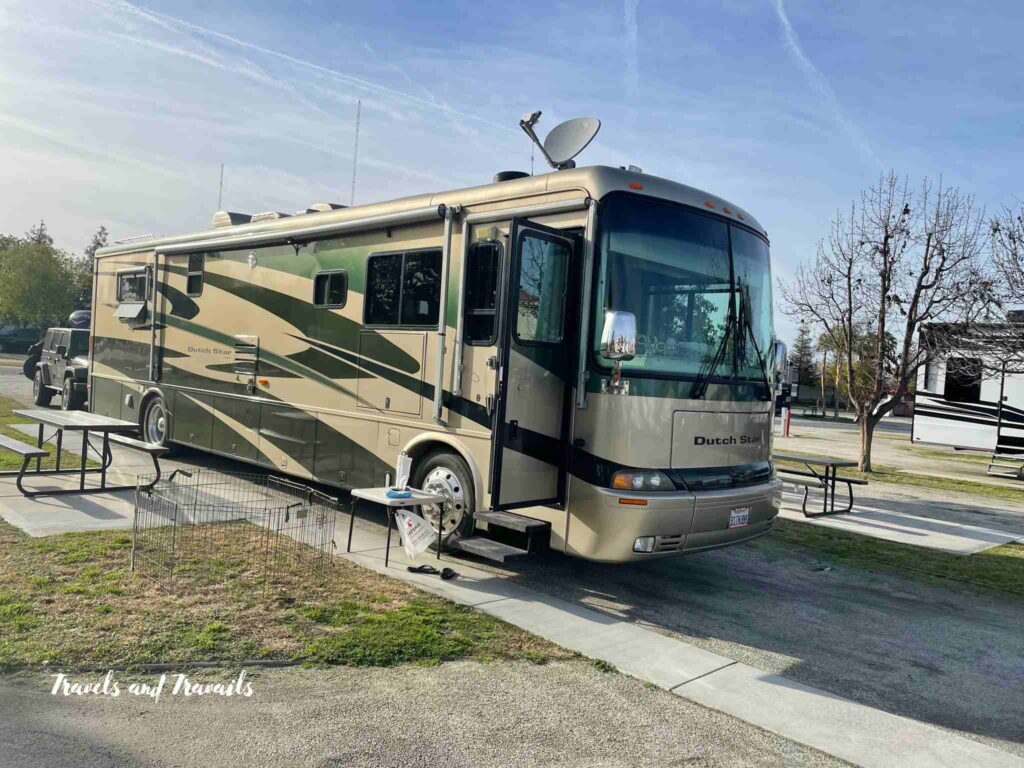
Before I get into that, I want to review the states throughout the US that have special rules about whether you can use a standard Class D driver’s license or a CDL to operate a motorhome.
Wyoming
Wyoming’s DMV requires any driver who will tow more than 10,000 pounds or drive a motorhome exceeding 26,000 pounds to have a special license outside of their Class D license.
Washington DC
On the east coast, Washington DC rules mandate that you must have a special driver’s license when driving a vehicle that weighs over 26,000 pounds. That’s also the case if you tow several vehicles with a gross weight exceeding 26,000 pounds.
Texas
If you live in Texas, the weight limit for your RV is 26,000 pounds. That goes for a single vehicle or a combined vehicle weight. You cannot drive a motorhome with a Class D license once it surpasses that weight threshold.
Pennsylvania
Another east coast state with strict rules about vehicle weight, Pennsylvania requires a special license if your vehicle weighs more than 26,000 pounds. That applies to single or gross vehicle weights.
Maryland
Does your RV weigh more than 26,000 pounds? If you live in Maryland and hope to drive it, you must have a special license handy. A Class D driver’s license won’t cut it.
North Carolina
Over in North Carolina, drivers cannot operate an RV weighing more than 26,000 pounds with a Class D license. The rule applies to single or gross combined vehicle weights.
New York
Like North Carolina, New York State institutes the 26,000-pound rule for single or gross vehicle weights.
New Mexico
If you’re hoping to drive your new motorhome around New Mexico, it cannot weigh more than 26,000 pounds, or you’ll need a special license. If you have several vehicles with a gross weight of over 26,000 pounds, your standard license does not apply.
Kansas
You can start your RVing journey in Kansas with a Class D license only if the vehicle weighs under 26,000 pounds. If you have several vehicles in a fleet for towing, they cannot weigh more than 26,000 pounds gross.
Hawaii
Road tripping in Hawaii sure sounds dreamy, but you might need a special driver’s license to do it. That applies if you’re towing one or more vehicles that surpass a gross weight of 26,000 pounds.
California
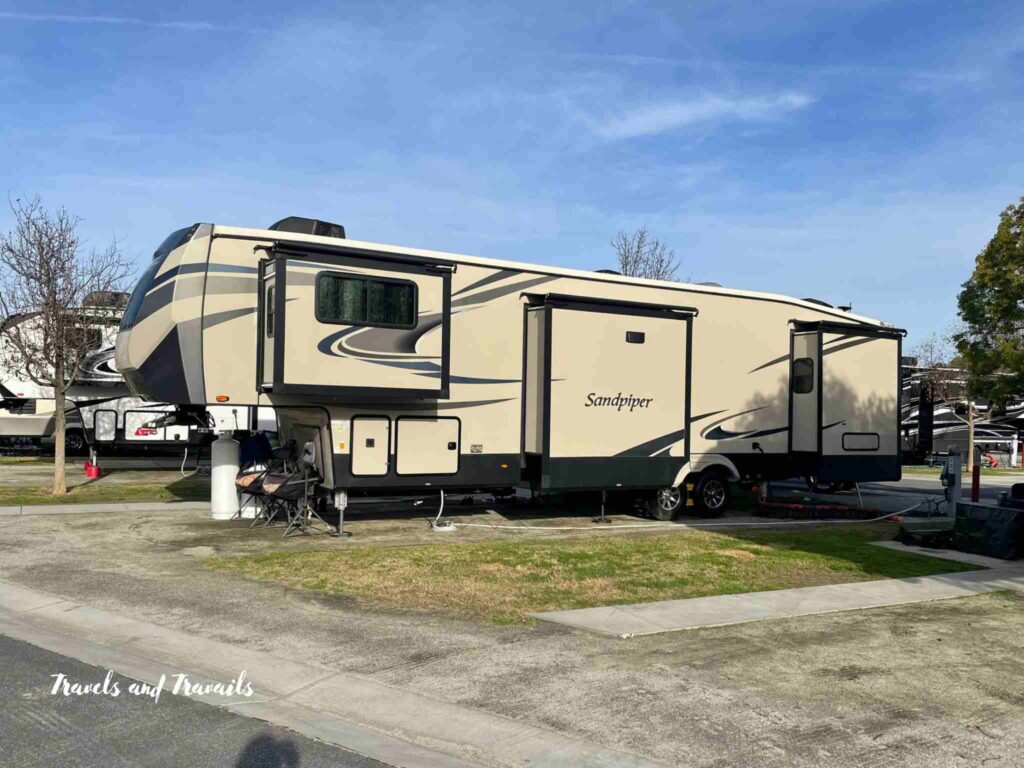
In California, you must have a special driver’s license for any fifth-wheel trailer that exceeds 15,000 pounds, any other type of trailer that weighs more than 10,000 pounds, or any RV that’s longer than 40 feet.
Arkansas
If your RV weighs more than 26,000 pounds gross, Arkansas DMV requires you to have a special license to drive the vehicle.
Special RV Drivers Licenses You May Need
Now that you know whether you need a special license to operate an RV, let’s delve into what kind of license you may require.
Commercial Driver’s License
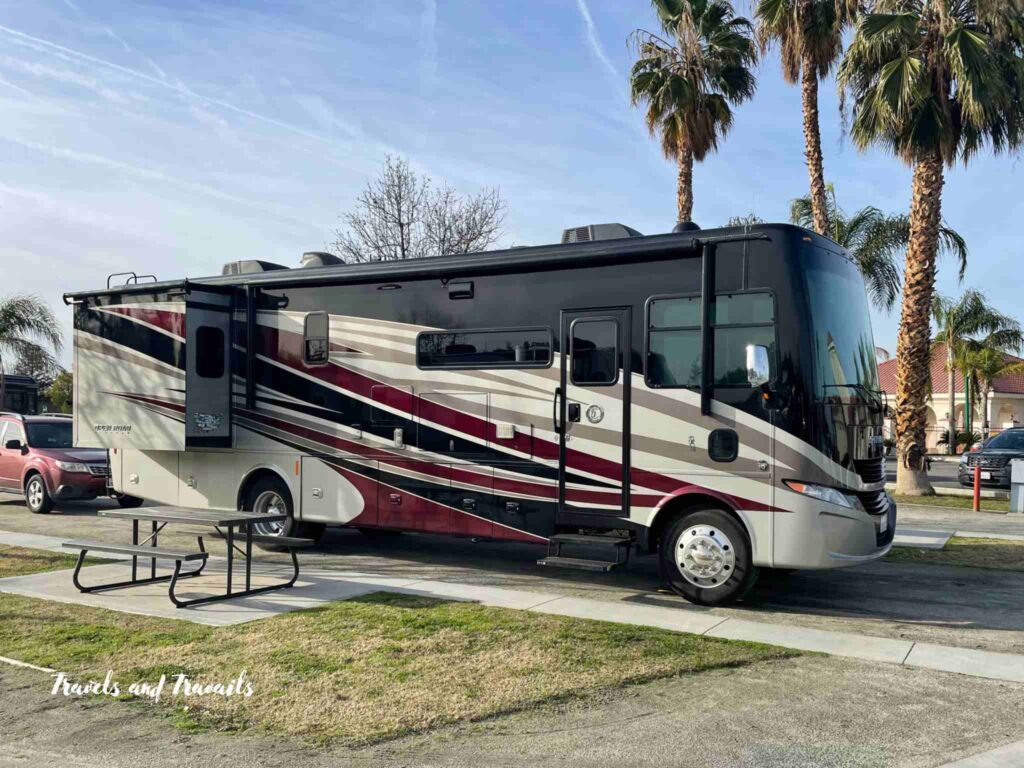
You’ll likely need a commercial driver’s license or CDL to operate a heavier motorhome in the USA. Holding this license grants you permission to operate heavier vehicles weighing over 26,000 pounds.
CDL licenses are divided into three classes: Class A, Class B, and Class C (now you understand why standard driver’s licenses are Class D!).
Here’s an overview of each class type.
Class A CDL
Class A CDL licenses allow drivers to pull a towed vehicle over 10,000 pounds and any single or combination of vehicles with a gross combination weight rating of 26,000 pounds and up.
These vehicles include flatbeds, livestock carriers, tanker vehicles, truck and trailer combos, tractor-trailers, and Class A motorhomes.
Class B CDL
To drive a heavier single vehicle unattached from a trailer that weighs more than 26,000 pounds, you must hold a Class B CDL.
This license also allows you to drive a truck with a detached cargo towing vehicle that’s under 10,000 pounds.
With a Class B CDL, the allowable vehicles you can drive include dump trucks with trailers, furniture trucks, delivery trucks, box trucks, segmented buses, school buses, city buses, straight trucks, and Class A motorhomes.
Class C CDL
With a Class C CDL license, you can tow a vehicle weighing under 10,000 pounds or with 16+ passengers (yourself included). You can also drive a vehicle with a GVWR of 26,000 pounds.
These vehicles include hazmat vehicles, tank trucks, buses, and double or triple trailers.
Driver’s License Endorsement
Additionally, some states may require you to obtain a driver’s license endorsement even if you have a CDL. However, this depends on the type of vehicle you’re interested in driving.
The types of endorsements available vary by state, but some examples include an endorsement to drive a tank vehicle, school bus, or a vehicle carrying hazardous materials.
How to Obtain a CDL
Do you need a CDL to drive your motorhome? This section will tell you everything you need to know to get your license so you can hit the road!
Step 1 – Obtain Your Commercial Learner’s Permit
Do you remember when you first learned to drive? Before you got your Class D license, you had a learner’s permit, right?
Well, it’s time to feel like a teenager again, as you’ll need a commercial learner’s permit or CLP before you can obtain your CDL.
A CLP allows you to practice CDL driving with a qualified CDL license holder in the passenger seat.
The DMV doesn’t merely hand out CLPs. You must take a series of knowledge tests and pass them. Further, you have to meet eligibility criteria.
For example, you must have a clean driving record. You may need proof of medical qualification in some states. A DOT medical card should suffice when applying for a CDL, and you’ll likely have to take a DOT physical.
You also have to pay a fee to test for the CLP, and you might have to provide proof of residency and name.
Step 2 – Pass Your Entry-Level Driver Training
If you received a CLP on or beyond February 2nd, 2022 and you’re applying for either a Class A or B CDL, you must enroll in Entry-Level Driver Training or ELDT.
You’ll have to pass this training the first time you obtain your CDL and for any required license upgrades.
You must find a training provider with a CDL license to assist you in ELDT. You’ll undergo instruction and practice with their guidance to expand the parameters of your commercial driving knowledge.
At the end of the training, you’ll receive a certificate proving you passed the training. Your training provider will upload your training record.
Step 3 – Take the CDL Skills Test and Get Your License
Once you’ve passed the ELDT and held your CLP for at least two weeks, you’re ready to test for your CDL license.
To do that, you must pass a three-part test. The skills test begins with a Vehicle Inspection Test, continues with a Basic Controls Test, and concludes with a Road Test.
The Vehicle Inspection Test proves that your vehicle is roadworthy while the Basic Controls Test demands evidence of your proficiency with a commercial vehicle. It all culminates in the Road Test, where you drive in a supervised scenario.
Does a CDL Expire?
Like a Class D license can expire if you don’t upgrade it periodically (at least every four years but sometimes twice that depending on the state you call home), the same is true of a CDL. It may expire every five years or every eight years.
You must renew the license before its expiry date if you want to keep driving commercial vehicles, or in your case, a heavier motorhome. It’s not like forgetting to renew your Class D license on time.
If you don’t renew your CDL, you could lose it, especially if you try driving on an expired license.
You’d then have to do the entire process outlined in the section above all over again.
Whether you have to renew your license through the mail, online, or in person depends on the state you live in. Although it’s easiest and fastest to renew online, some states still require you to do things the good, old-fashioned way.
To renew, you’ll have to complete an application form. The form will require more than your current information. You’ll also have to pay a license renewal fee.
If you need a Medical Examiner’s Certificate, you must include a copy of that with your CDL renewal application.
You’ll also have to schedule an appointment with your eye doctor ahead of renewing your license, as you need proof of a recent exam. The DMV office may administer their own eye exam on you, so be ready for that.
If you pass that eye exam, you’ll receive a new CDL license that’s good for several years.
Conclusion
You can typically drive a motorhome in the USA with a standard car license, also known as a Class D license. However, if your motorhome weighs more than 26,000 pounds or exceeds 40 inches in length, many states require you to have a CDL.
The process of obtaining a commercial license isn’t all that different from getting a standard license, but the knowledge and skills required to drive a commercial vehicle are completely disparate.
You’ll learn everything you need to know during your training, so pay attention, study up, and soon enough, you’ll have a CDL that will let you travel the country!
